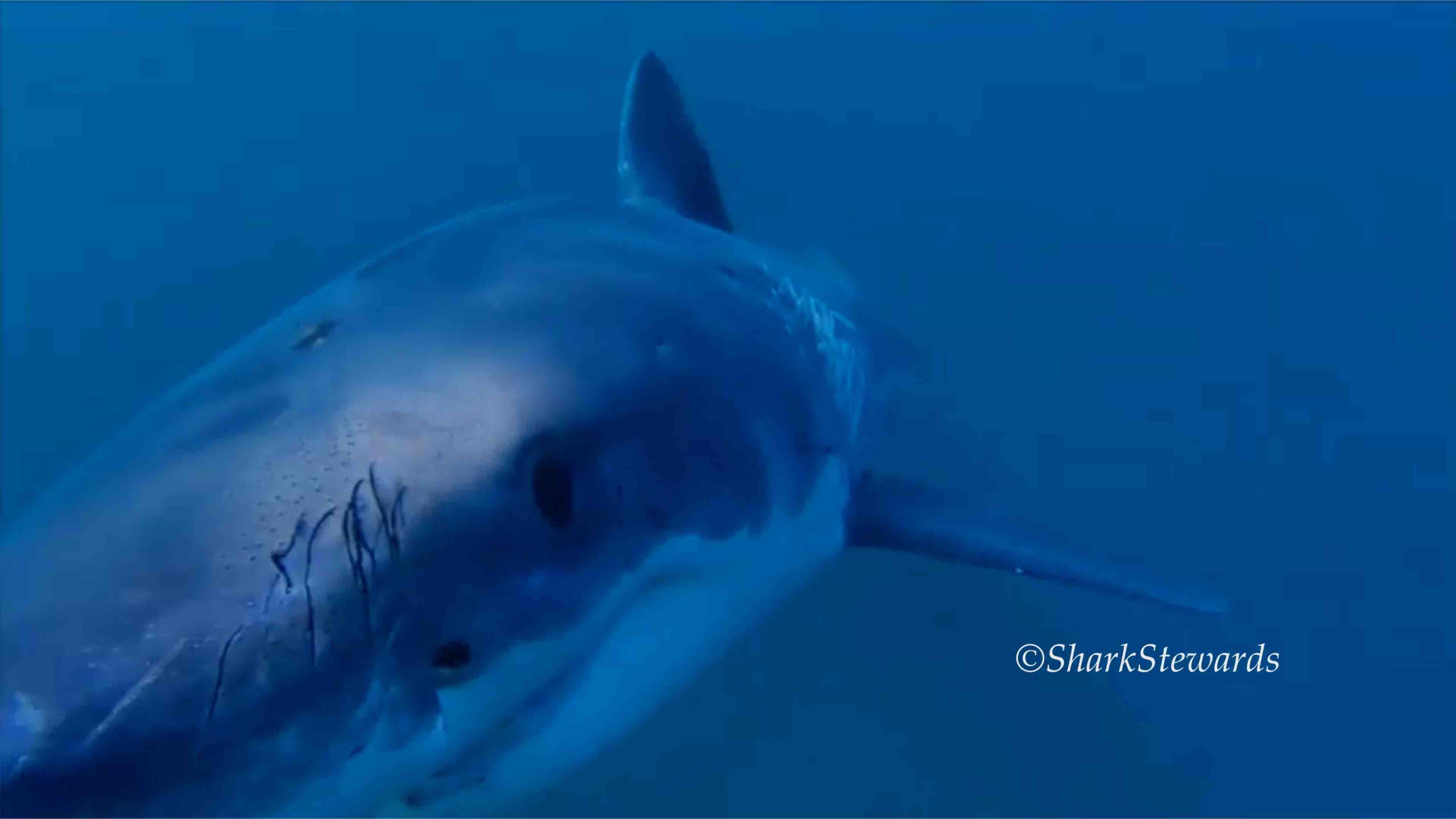Sharktober is the period when the large adult sharks reappear on our coastline after six months or more of absence. After migrating thousands of miles from the Central Pacific ocean between North America and Hawaii called the “White Shark Cafe”, the mature white sharks return in late summer to their feeding grounds off the Central California coast.
Read MoreShark Attacks Occuring Early in Hawai’i
The shark season is heating up early in 2024, with four incidents in Hawai’i by June. Although Maui has the notoriety of the most shark attacks in the Hawaiian Island chain, all incidents occurred on the island of Oahu thus far according to Hawaii’s Department of Aquatic Resources (DAR). Read how you can avoid getting bitten by a shark and still enjoy the ocean.
Read MoreWhy I Dive With Sharks
Shark diving can help to save sharks in a number of ways. One way is by raising awareness about the importance of shark conservation. When people have the opportunity to see sharks up close and learn more about their behavior and biology, they may become more invested in protecting these animals. This can lead to increased support for conservation efforts and policies aimed at protecting shark populations.
Read MoreSevengill Shark Science
Join Shark Stewards on our SharkWatch community science and education program live on Zoom.
Learn about the mysterious sevengill sharks, their biology, natural history and the sharkwatch program.
Read MoreDive with White Sharks
Want to see a great white shark up close, personal and learn more about these amazing sharks? Join Shark Stewards’s Director David McGuire August 26- August 30 on a shark adventure, learning […]
Read MoreWatching Sharks-Sound Shark Ecotourism Practices
Shark Ecotourism can be done right and it can be done wrong. Large concentrations of sharks are not always natural. Left over fish that decays on reefs can create an […]
Read More


